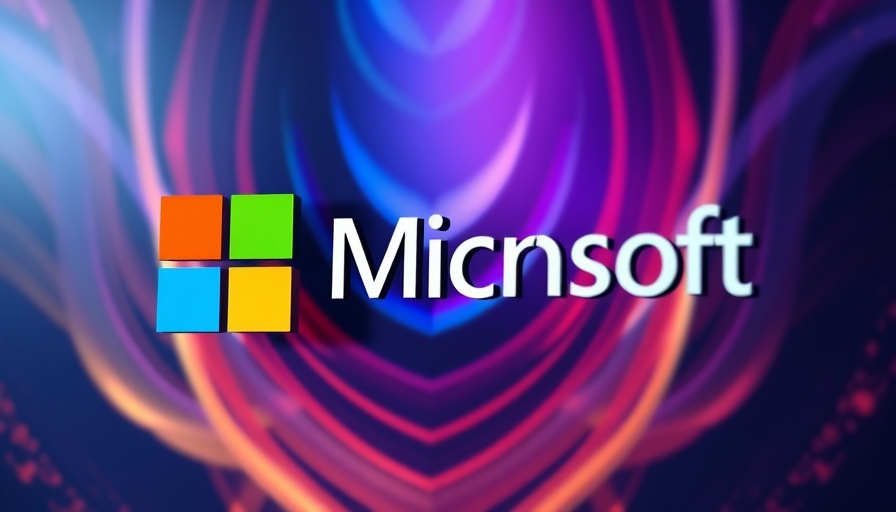
Understanding Model Context Protocol (MCP): The Next Step in AI Integration
As many industries dive deeper into the artificial intelligence revolution, Microsoft is leveraging its Copilot Studio to bring seamless integration of AI applications and agents through the newly introduced Model Context Protocol (MCP). This integration aims to empower users to swiftly connect AI with existing knowledge infrastructures and APIs, ultimately boosting efficiency and scalability in workflows.
Simplifying Integration: How MCP Works
The crucial function of MCP lies in its ability to connect Copilot Studio users with various data sources effortlessly. The protocol enhances productivity by allowing access to a broad marketplace of pre-built, MCP-enabled connectors. This enables a hassle-free integration process, regardless of whether the user’s data originates from custom internal APIs or third-party providers. The dynamics of this integration simplify maintenance while offering flexibility for businesses to scale as required.
Enhancing Security: Why It Matters
MCP isn’t just about ease of access; it also places a significant emphasis on security and governance controls. The connector infrastructure that MCP employs provides extensive measures, including enterprise security frameworks like Data Loss Prevention and multiple authentication methods. This feature is pivotal for organizations concerned about protecting sensitive information while using AI-powered tools.
Three Steps to Unlocking MCP: A Quick Guide
To get started with the Model Context Protocol within Copilot Studio, Microsoft outlines a simple three-step procedure:
- Create the server: Begin by developing a server using one of the Software Development Kits (SDKs) offered by Microsoft, ensuring it aligns with your specific data handling needs.
- Publish through a connector: Once the server is set up, create a custom connector that will mesh the Copilot Studio environment with the data source.
- Consume the data: Finally, interact with the data models through Copilot Studio, enabling a comprehensive understanding of the integrated information.
This straightforward approach not only shortens the implementation timeline but also allows tailor-made solutions that can adapt to individual business requirements.
Looking Forward: The Future of AI and Copilot Studio
With MCP now supporting the seamless addition of AI capabilities into workflows, it illustrates a shift towards more collaborative and flexible environments. As this technology matures, we can anticipate further enhancements that will create powerful synergies between various AI applications and user needs.
What This Means for Businesses Today
The Model Context Protocol signifies a strategic advancement for those looking to streamline AI integration within their operations. By leveraging these tools, businesses can not only improve efficiency but also dynamically adjust to the evolving landscape of technological requirements. There’s an immense potential embedded in this integration that could redefine how organizations utilize AI.
Your Next Steps in AI Integration
If you’ve been considering delving into AI applications or enhancing your current systems, now is the time to explore the capabilities of the Model Context Protocol in Copilot Studio. Its ability to effortlessly integrate with various APIs and data sources could prove invaluable as your organization evolves in this digital age.
 Add Row
Add Row  Add
Add 




 Add Row
Add Row  Add
Add 

Write A Comment